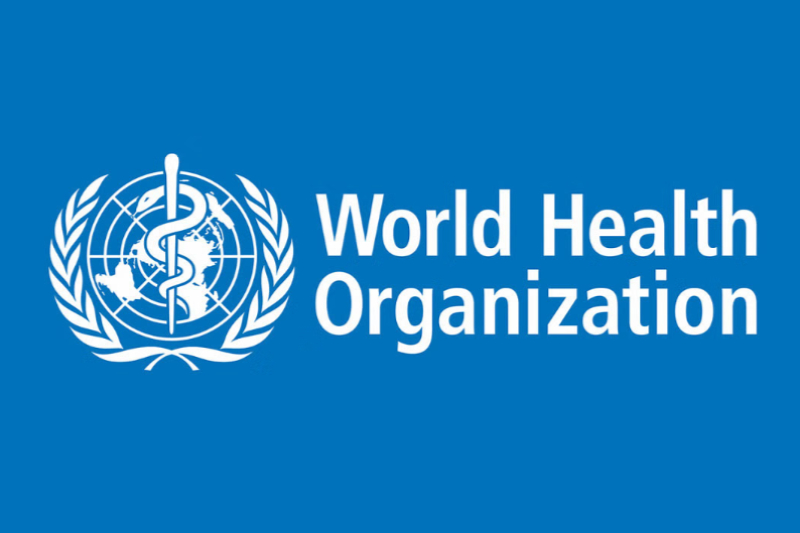
The World Health Organization (WHO) has issued a stark warning about the growing threat of a global chikungunya epidemic, urging immediate measures to prevent its spread.
The organization noted that early warning signs mirror those seen during a major outbreak two decades ago and emphasized the need to avoid a repeat of that crisis.
Chikungunya is a mosquito-borne virus that causes high fever and severe joint pain, which can be disabling and, in rare cases, fatal.
“Chikungunya isn’t widely known, but it has been identified in 119 countries and poses a threat to 5.6 billion people,” said Dr. Diana Rojas Alvarez of the WHO on Tuesday.
She recalled the 2004–2005 outbreak that began in the Indian Ocean region, sweeping through island territories before expanding globally and infecting nearly half a million people.
“We’re now seeing a similar pattern,” she told reporters in Geneva. “Since early 2025, major outbreaks have been reported in Reunion, Mayotte, and Mauritius, with an estimated one-third of Reunion’s population already infected.”
‘An Early Warning’
Chikungunya symptoms resemble those of dengue and Zika, making it challenging to diagnose accurately, according to WHO.
Dr. Rojas Alvarez warned that, like two decades ago, the virus is now appearing in nearby regions including Madagascar, Somalia, and Kenya, and is actively spreading in South Asia.
In Europe, imported cases linked to the Indian Ocean outbreaks have emerged, including confirmed local transmission in France and suspected cases in Italy.
“These patterns are eerily similar to those seen after 2004,” she said. “That’s why WHO is calling for urgent preventive action now—to avoid repeating history.”
Although the fatality rate is under one percent, Dr. Rojas Alvarez emphasized that in large-scale outbreaks, this can still mean thousands of deaths.
“We’re raising the alarm early so that countries can act quickly—strengthening detection, preparedness, and response capacities to prevent massive outbreaks,” she said.
Source: lagos television



